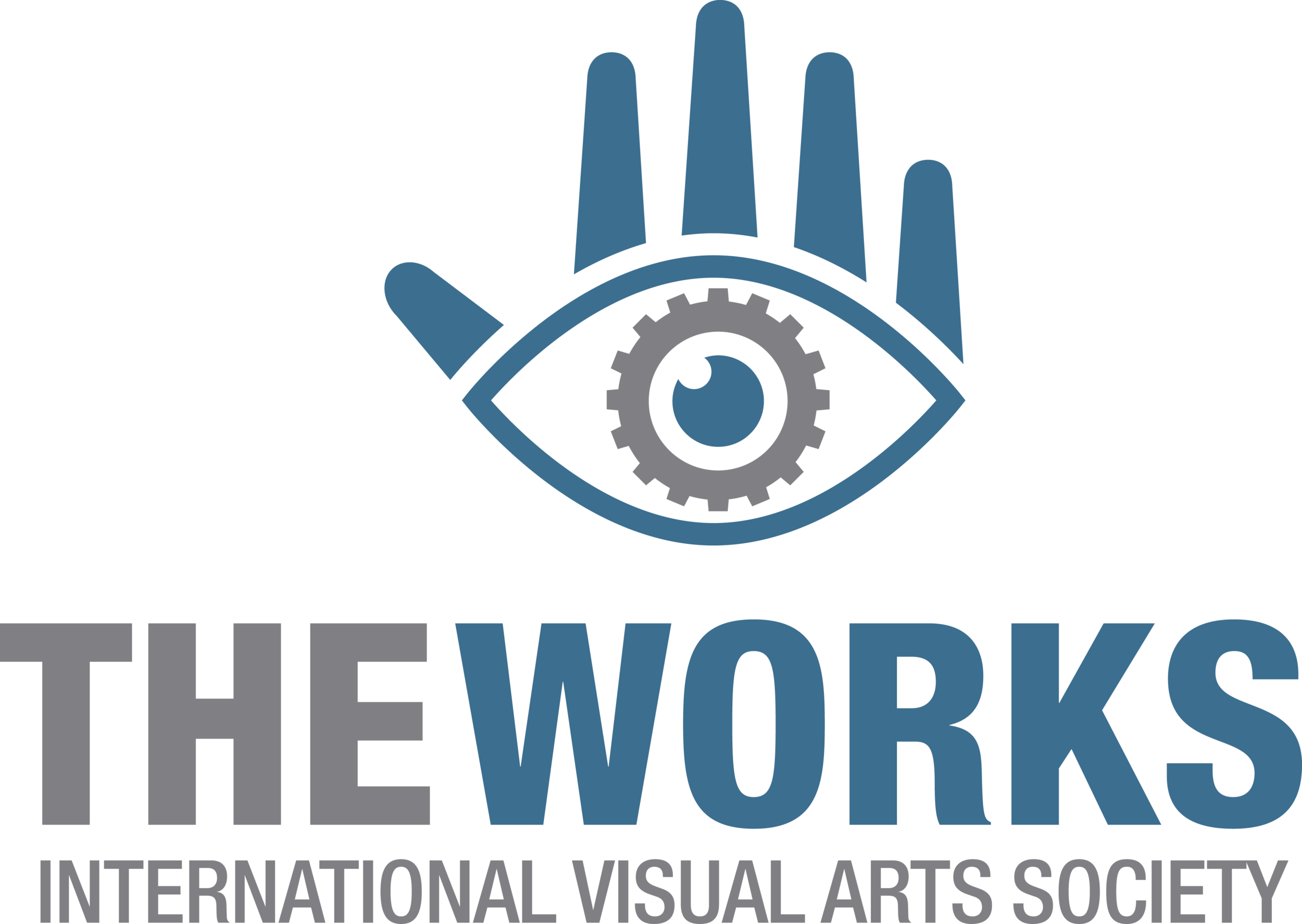By: Iris Baguinon, Marketing and Communications Assistant.
When I was looking for a field placement for my program at MacEwan University, I came across an ad about the Works to Work Summer Internship. At that time, I had a very little knowledge about The Works, so I did my research about the internship and read some articles about the organization.
There was something about the mission and vision of The Works that drew me to apply for the marketing and communications assistant position. However, it
took me about two weeks to finally send my application. And why? Because I did not feel equipped enough to be accepted since I have minimal experience with visual arts and design. Fast forward months later, here I am at The Works writing media releases, planning social media posts, flipping through local newspapers, calling media outlets – and having so much fun!
My six weeks working at The Works has been such a rewarding experience. I am learning a lot from my amazing supervisors and most notably, from other interns. Through this excellent program, I have gotten to know all of these inspiring and interesting people. Coming from all different age groups, cultures, beliefs, backgrounds, and walks of life, I get to hear about many
different experiences and life stories. It is an honour to be part of this year’s Works to Work Program. Still, like any other job experience, I hit roadblocks, but the team or I’d rather say my Works family continually reminds me that we are all in this together – Hakuna Matata!
Allow me to invite you to come and visit The Works Festival on the Capital Plaza on the beautiful leg (legislature) grounds. All our staff, interns, and volunteers poured our blood, sweat, and tears to make North America’s largest free outdoor art and design festival happen!
About the author: Iris Baguinon is honoured to be part of the Works to Work Program as the communications assistant. Coming from a theatre background, Iris has been expanding her knowledge of the arts through visual arts and design. Before joining The Works team, she coordinated volunteers and designed marketing and sponsorship materials for other arts organizations in Edmonton including Edmonton Heritage Festival and Ice on Whyte. Born and raised in the Philippines, Iris is a mental health advocate; she promotes self-care in her social media channels. She’s passionate about theatre, the Edmonton local arts scene, photography and making her Instagram feed as aesthetic as possible. Iris is excited to receive her Arts and Cultural Management Diploma from MacEwan University in November this year. Find her on Instagram and Twitter, @irislb_ .





